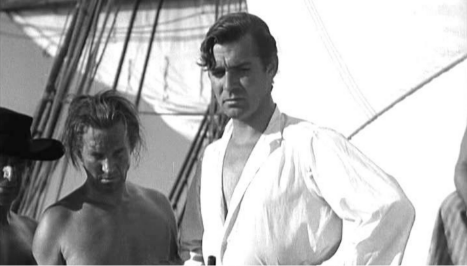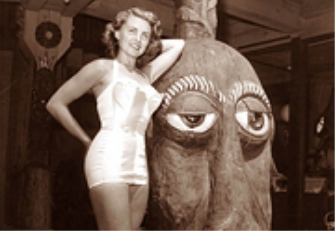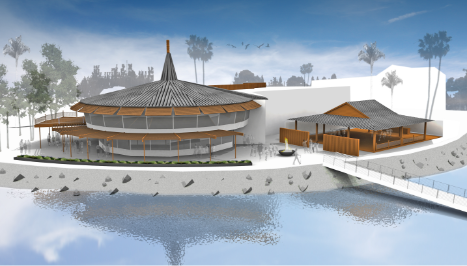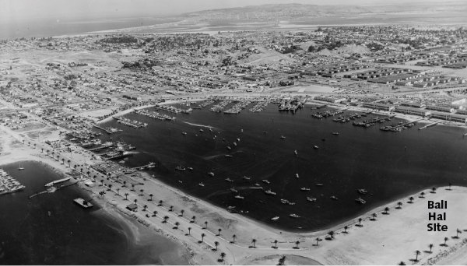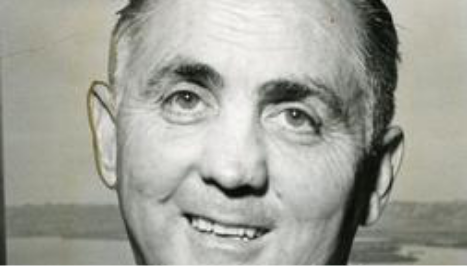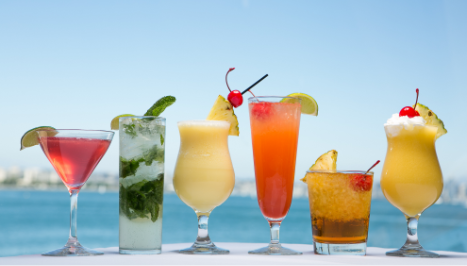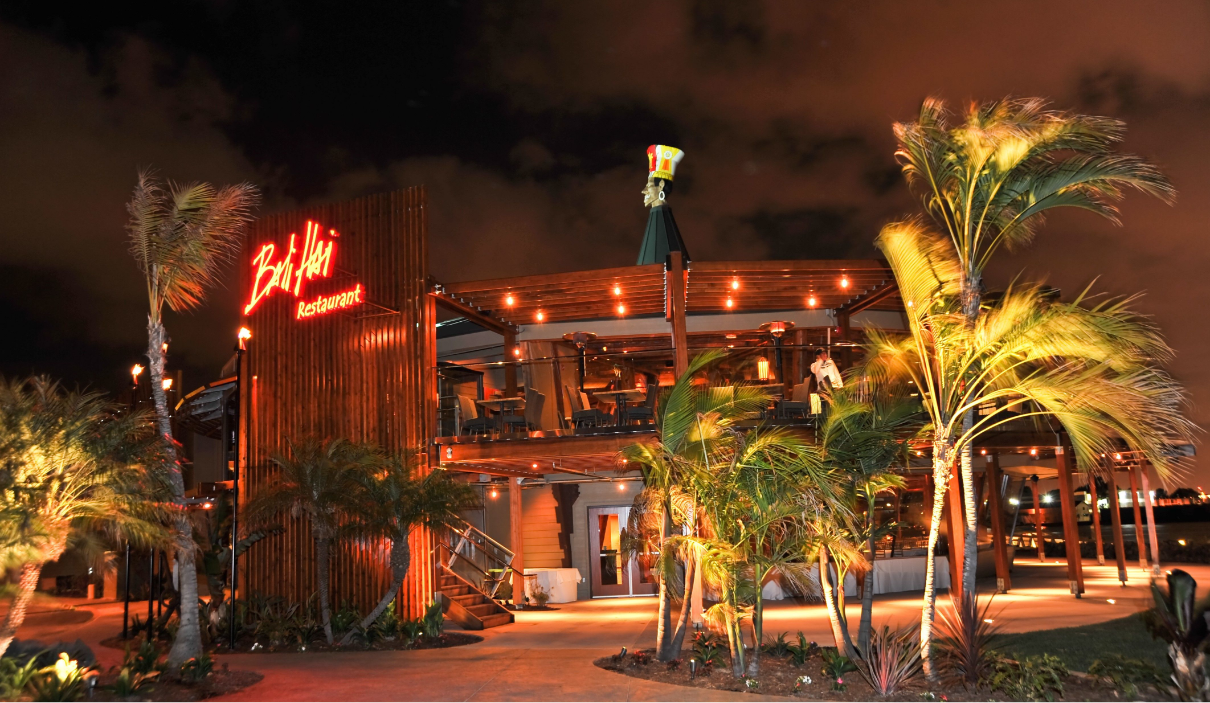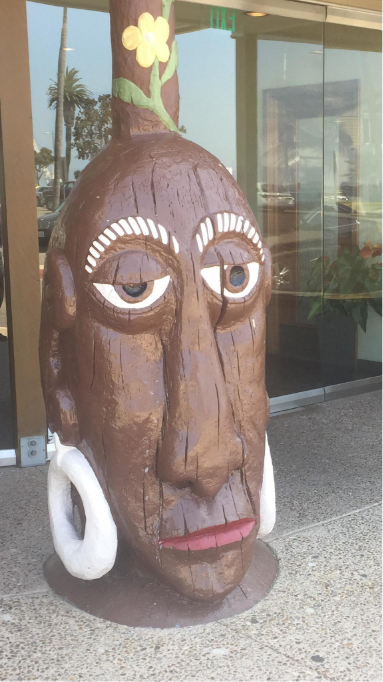Every year, many, many people come to The Bali Hai Restaurant and ask, “What’s that thing on top of the restaurant?” In fact, one faithful and loyal customer, who had been coming to the restaurant for close to 25 years, told Larry Baumann, the manager, that she did not know what that “thing” was up on the roof!! It’s easy to think it’s supposed to be a cook’s head, because the hat actually looks like chef’s hat, but if you look closely, it has a lot of faded decorative markings on it from the past. So what is it? We hope that this webpage, will help our customers understand the history behind the mystery man head – thing up on the roof!
Thanks to Sven Kirsten and his well respected pertinent skills as an urban
archeologist, matchbook covers revealed some of the history behind the head on the roof called “The Goof!”
In 1935, the movie “The Bounty” was filmed on Catalina Island starring none other than Clark Gable himself. An entire Tahitian village was built on Catalina for the film, and in order to support the cast and crew, a bar was located just below Gable’s sleeping quarters and became known as Christian’s Hut, named after the character Gable played, Fletcher Christian. When the shooting finished the bar was moved to Newport Beach, and was a major power spot for locals and celebrities alike. It spawned other franchises, but none of them survived, including Newport Beach (burned down in 1963), except for San Diego, which
was renamed some years later.
Early matchbook covers revealed that the “Goof” head, was prominent on the earlier franchises in Balboa and Corona del Mar, and was subsequently transposed to the San Diego restaurant. However, the actual meaning of the head, i.e. “the Goof”, still remains a mystery.
On two of the early matchbook covers from the Balboa and Corona del Mar franchises, the cover reads next to the big fat guy, “Watch out for the Big Opu at….” In Hawaiian, Opu means stomach. Perhaps, the original character idea was that he was fat from eating such good food at the restaurant and his goofy face just evolved, or devolved, whichever you like, over the years into what’s on top of the Bali Hai restaurant today.

